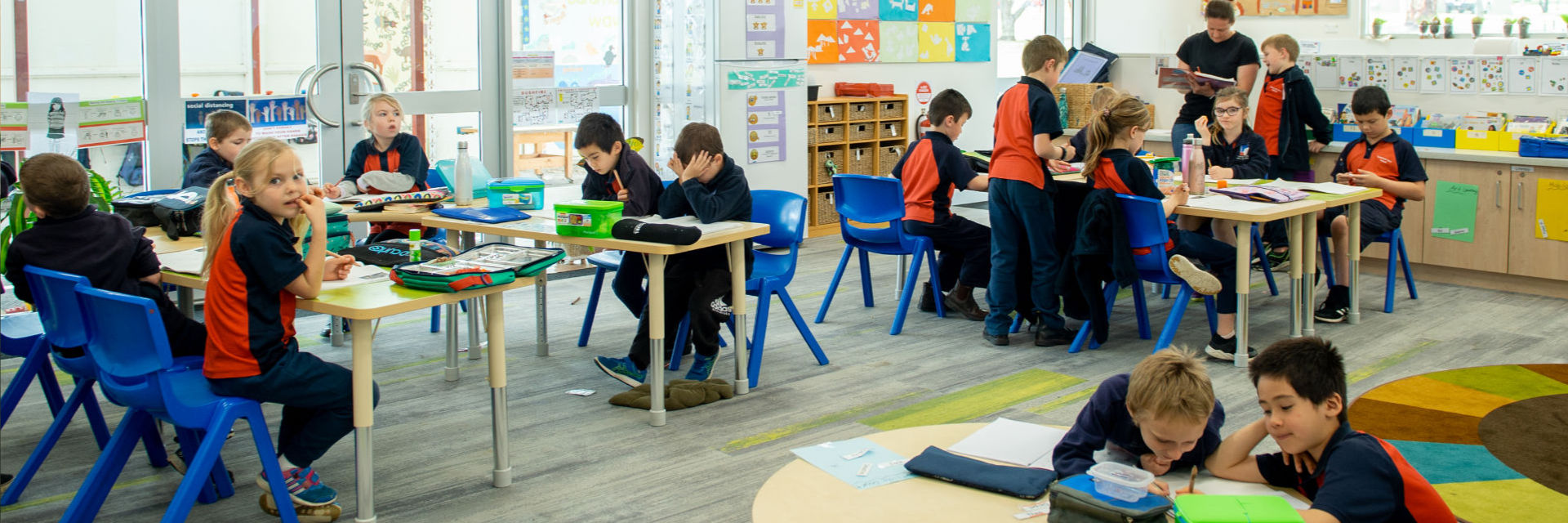Junior School
Junior School R- Year 6
Students enter reception after an ongoing transition from Yorketown Community Children’s Centre. Pre-school students visit the school and the reception class visits the pre-school throughout the year. Formal transition occurs in Term 4 (public schools only have start of year entry). The transition allows students to feel familiar in their new environment and allows staff to get to know the children and families. Staff also use these visits to share teaching methods to ensure common expectations and language that students are familiar with. There is a gentle shift from play based learning which encourages curiosity and questioning to the formality of the classroom. Inquiry or discovery play is used in the reception class as provocations for literacy and numeracy learning.
All areas of the Australian Curriculum are delivered, Spanish is the language taught and students have two lessons per week of physical education (delivered by subject specialists). Evidence based approaches are used in the teaching of literacy to develop phonological awareness, phonics and grammar conventions. Guided reading is the common strategy used R to Year 6 with comprehension monitored 5 weekly using the LiteracyPro lexiles. The Big Idea in Number framework is used in numeracy to develop deep conceptual understanding of the “big” concepts in mathematics. These approaches are used in the teaching of mathematics and in addition, BIiN groups operate weekly. These sessions group students at the same conceptual level and allow “slow thinking” and collaboration applied to mathematical problems. Students verbalise their learning through learning talks and develop the understanding there are multiple solutions to problems.
The learning occurs in a modern collaborative space. Teachers have discrete learning spaces but use a lovely large shared space with bi-fold doors that open the building to the outside. A COLA (covered outdoor learning area) extends the learning space. Each class has access to a wet area for creative tasks across the curriculum. This facility allows teachers to use different spaces and furniture configurations for group collaboration, small group work with SSO’s and whole junior school activities such as assemblies and performances. Outside young students enjoy a large play area with a large sandpit, play equipment, areas with trees and shrubs to explore, large ovals and a basketball court. They have access to junior school only areas or a shared space where they can mix with secondary students.
Students engage in experiences through camps. Odd years an overnight camp to Adelaide to see performances at the Dream Big Festival and even years an outdoor learning camp e.g. Arbury Park.

